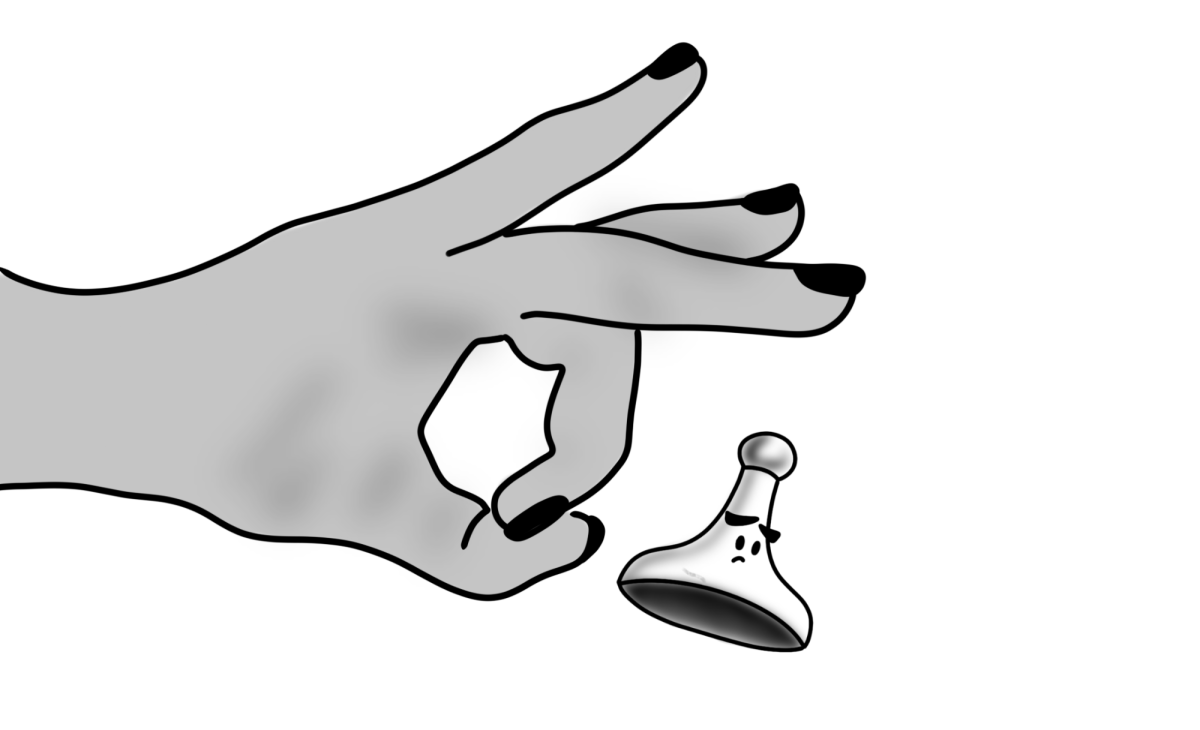Across the nation, billions of dollars are spent annually on clothing from local thrift stores. This eco-friendly method of clothing resale has become increasingly popular over the past years, and many have come to rely on thrifted clothes as a source of new apparel. Thrifting is a cheaper option than purchasing brand-new clothing. This makes it much more enticing for the average shopper, who has been greatly affected financially in recent years by the economy-crashing COVID-19 pandemic. Even cheaper than thrifting are fast-fashion brands, which produce cheap clothing on a large scale. But the speed with which consumers buy into fast fashion trends is detrimental, not just to the environment, but also to those who rely on thrifting as their main source of clothing, as stores are flooded with low-quality fast fashion items that shoppers do not want to sift through.
Each year, new trends materialize, and many fashion-forward individuals find that thrifting is a cheaper alternative than buying new. As thrifting has become more popular, the amount of donations thrift stores receive has increased. According to Goodwill, the biggest second-hand seller in the world, thrift stores received around 107 million donated goods in 2021. While this may sound like good news, as more clothing is available for purchase, issues in the quality of merchandise arise. Specifically, items from fast fashion brands are hurting local thrift stores trying to stay in business.
In a more general sense, consumerism has exponentially increased over the past years, and even more so with the rise of fast fashion. The fashion industry creates an amount of product 24,000 times greater than the weight of an empty Burj Khalifa, the tallest skyscraper in the world, according to the European Circular Economy Stakeholder Platform. Online stores like SHEIN and ASOS are worth billions of dollars from selling extremely low cost and cheaply made clothing to consumers chasing online trends. As a society, we are immediately shown trends by people we follow online as soon as we log in and buy into them just as quickly. With the quick trend cycles, many people have no room for their now unwanted items.
Due to this issue, thrift stores have been given mountains of low-quality merchandise, donated by well-meaning individuals who believe they are making a difference by not throwing out or recycling the clothing. They are under the preconception that thrift stores want all donations, no matter the quality. What they do not realize is that, according to the Council for Textile Recycling, 80 to 90 percent of donations to thrift stores are sold to recyclers. While on paper this sounds like a better alternative to throwing retail out into the trash, much of what gets sold to recyclers will still end up in the landfill. Purchasing unnecessary clothing that can’t be worn for long is detrimental to the environment and thrift stores as well.
With the increasing donations to stores, it is necessary to hire more workers to sift through the piles of fast fashion items. However, these employees need to be paid, a feat that most thrift stores often cannot afford. This ends up affecting shoppers as prices have to be increased on thrifted merchandise so stores can stay afloat. All the while, stores continue to be given pounds and pounds of trash.
This flood of fast fashion items means some will inevitably slip by. In some cases, stores are filled with “Y2K” and “90s” fashion that was produced in a factory only months prior. Similar to food banks being given junk food, they can’t exactly refuse donations, especially at businesses like Goodwill.
One reasonable proposal to fight this growing issue is to urge shoppers to start using methods to ensure that bought clothing will last long after the purchase date. Thinking before putting in credit card information could save money and help the environment. Methods, such as the 24-hour rule, in which you give yourself a day to think over purchases, are effective in preventing unnecessary consumption. Even more effective is to simply avoid fast fashion brands in general, and instead elect to save up to purchase higher-quality items.
As an industry, the rate and volume of purchases from fast fashion brands have had long-lasting consequences on the world at large. If fast fashion products become less popular, then their production will in turn go down, lowering waste greatly. By putting a bit more thought into purchases, and avoiding fast fashion brands altogether, actual skyscrapers of textile waste ending up in our landfills could be eliminated.







